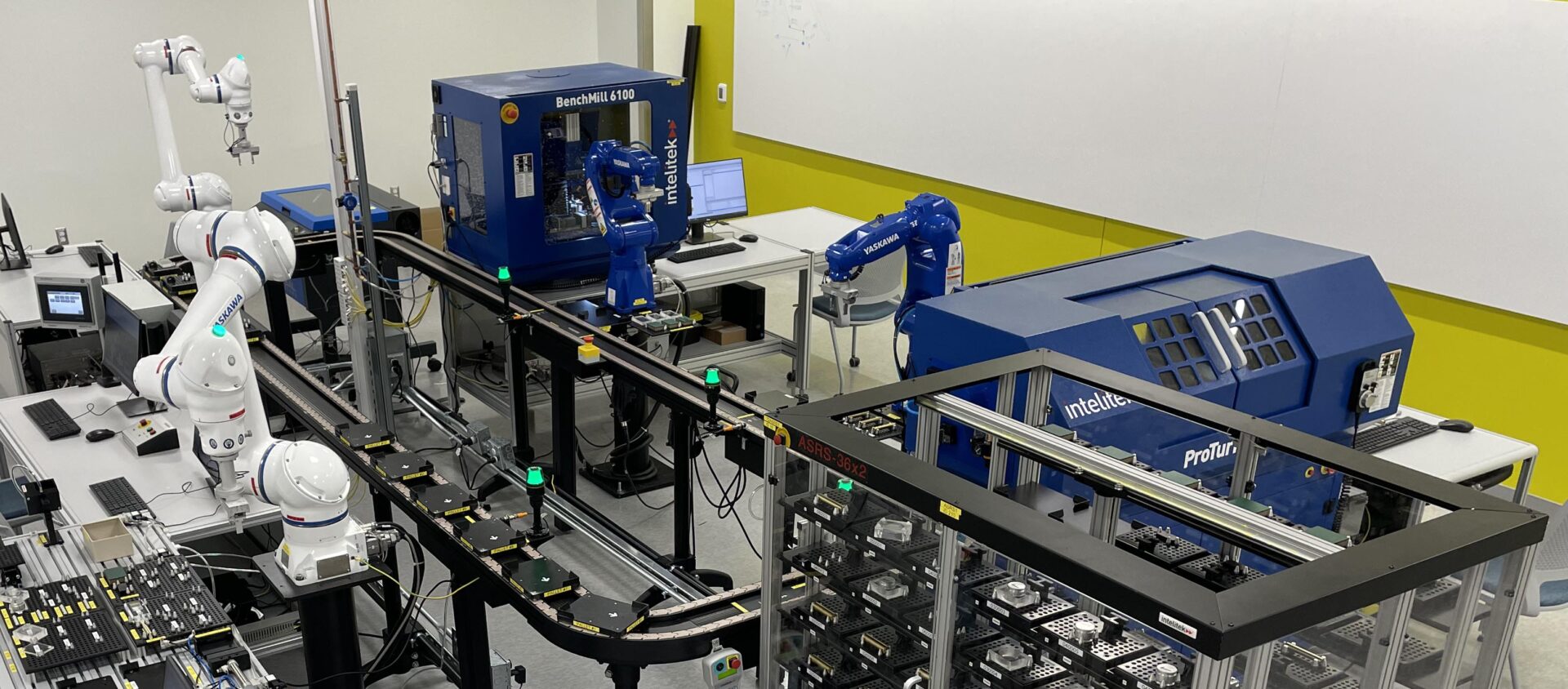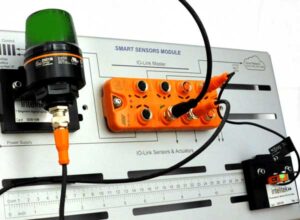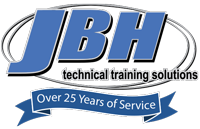Exploring the gap between the skill requirements of Industry 4.0 and the CTE education that most students now receive and identifying ways to level up instruction and learning.
More than 20 years into the latest industrial revolution of the internet, Industry 4.0 is creating jobs across the country. However, not enough students are graduating with the right skill sets to be hired for these jobs. Where is the disconnect? The mismatch in skills is because industry has continued to develop and innovate processes, while education programs have not.
Industry 4.0 is a term that analysts use to describe the automation and data exchange used in manufacturing technology. The term incorporates modern technology concepts, such as the Internet of Things (IoT), cloud computing, and other innovations. These technologies are changing the face of manufacturing.
As educators, we have to discuss leveling up our current training for manufacturing students so they are ready to enter today’s manufacturing jobs when they graduate. Industry 4.0 is changing. There are new skill requirements, and Career and Technical Education (CTE) programs need to rethink their training programs and certifications for skilled labor. While manufacturing skills still need to be specifically taught, there is new demand for employees with softer skills, such as leadership, communication, critical thinking, and problem-solving.
Understanding Industry 4.0 Educational Needs
Industry 4.0 is all about connecting devices and using the data. Education 4.0 needs to add specific training to their programs, so that graduates are prepared for new manufacturing jobs. As more complex systems are integrated both physically, as well as in the cloud, system level understanding, system communications, networking, and data analysis will be required. Industry 4.0 revolves around data collection from every part of the factory floor. Data will be the cornerstone of production planning, efficiency, and predictive/preventative maintenance.
Some of the new technology industry is taking advantage of are:
- Networking and Internet of Things (IoT)
- Sensor technology
- Data science
- Automation and integration
Training new skills, new roles need to focus on:
- Integration: more complex manufacturing systems are built around system level integration.
- Connectivity: enables real-time data collection and analysis from equipment to factory floor and is the cornerstone of efficiency and predictive/prevention maintenance.
- Simulation: visualization or offline testing of system solutions enable planning and safety before deployment.
Employers need workers who are technically advanced, process savvy, and natural problem solvers to take a role in the ongoing design and improvement of manufacturing systems.
3 Key Steps to Upgrade Your Education 4.0 Program
As with any new initiative, start simply and build. Set and manage students’ expectations appropriately. Your program requirements should allow for some creativity, so that students take ownership of their learning. Trust students with your equipment; this will help them learn responsibility and accountability. Most of all, allow time for failure—attempt, fail, iterate, and attempt again. This is a proven learning process.
- Create a tailored learning path that suits each student’s strengths and interests. Differentiated instruction is just as important in CTE programs as in other parts of the curriculum. In the Education 4.0 approach, the student transforms from being a passive recipient of information to an active participant in a personal learning process.
- Transform teachers into mentors. Teachers need to learn the best ways to coach and mentor their students in a new way. Design programs for teacher training, give them the pedagogic tools, and provide them with a support structure that improves the relationship between the teacher and the student.
- Build new skills. Education 4.0 involves collaboration with peers, guests, teachers, and administrators. Classes should foster discussion and teamwork. By encouraging collaboration, open communication, and strong connections among students, teachers can more effectively prepare students for success in the workforce and life as a whole.
Real World Application
Chris Townsend teaches engineering and technology at Brown County High School in Indiana. He collaborated with Intelitek to create a manufacturing program focused on educating students for local manufacturing jobs. Chris expanded the Flexible Manufacturing Systems (FMS) lab using a mix of content and hands-on learning as part of a multiphase manufacturing and engineering curriculum. He chose PLTW Engineering from Project Lead the Way—a CTE curriculum with a four-year-long course and assessments. Within this framework, he uses a CIM/CNC/Robotics Curriculum sequence so that students learn to write G-code and program robots and PLCs, and then generate code for a series of steps and strategies. In the program, there is an emphasis on system projects and group work. These updates to the program equip students with lifelong skills that not only prepare them for Industry 4.0 jobs after graduation, but also give them tools to keep up with the fast pace of technological change.

























